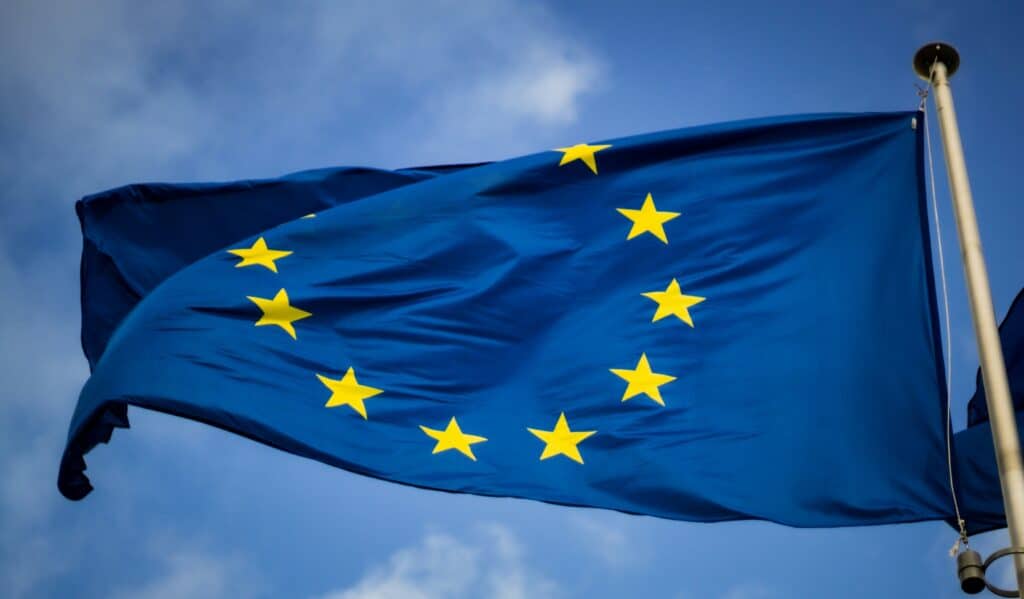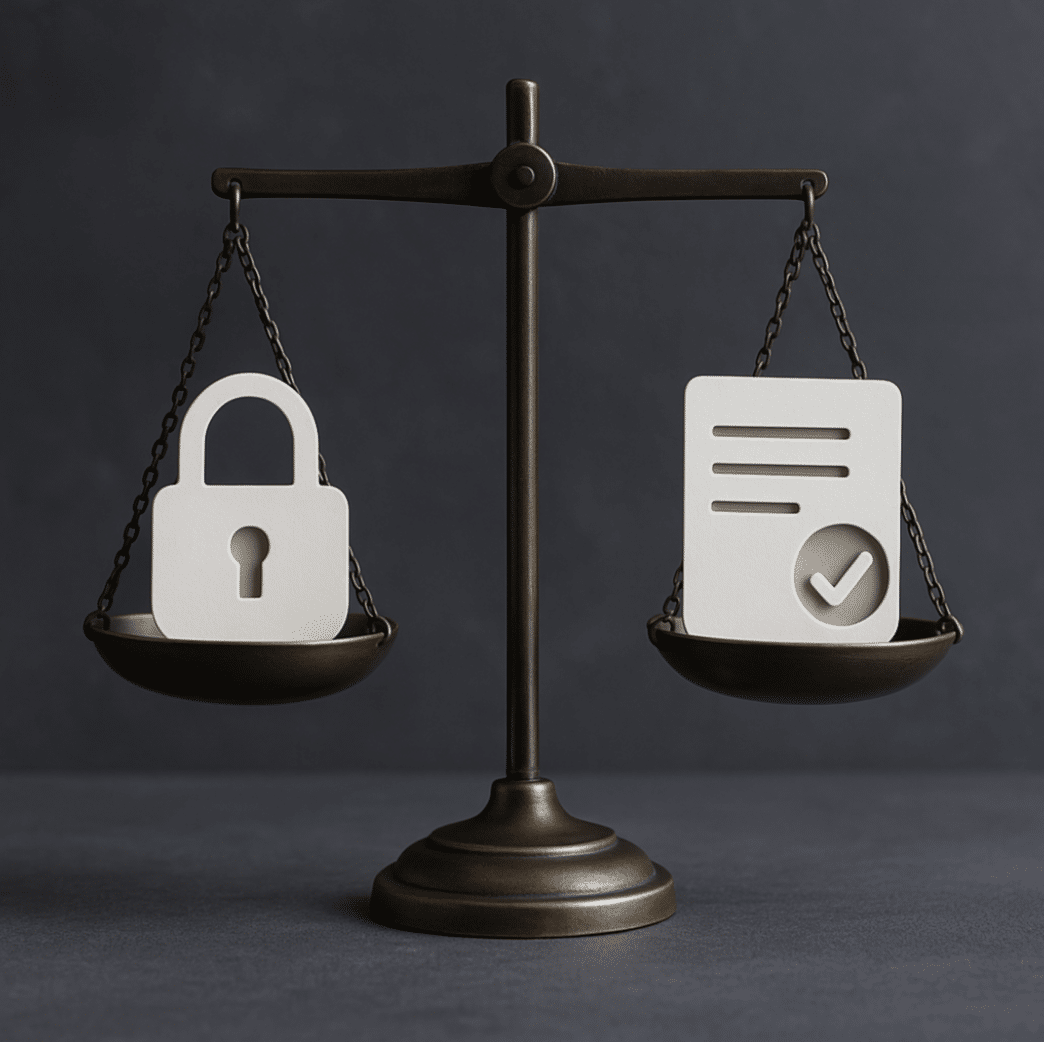Imagine for a moment that your 12-year-old child can access pornographic content as easily as watching a cat video on YouTube. This scenario—one many parents would rather not think about—is already a daily reality in millions of European homes. And it’s not limited to porn; gambling, violent content, and harmful social trends are just a few clicks away.
That’s why, on June 6, 2025, Spain, France, and Greece took a step that many consider historic: they presented a joint proposal to make online age verification mandatory across Europe. This isn’t just another technical measure—it’s a response to the sleepless nights of parents wondering how to protect their children in a digital world that seems increasingly out of control.

When “We’ll Deal With It Later” Becomes “Too Late”
“The future of children is always today. Tomorrow will be too late,” said Óscar López, Spain’s Minister of Digital Transformation, during the EU Telecommunications Council. His words resonated with many parents who feel exactly that: every day without action is a lost opportunity to protect their kids.
The numbers speak for themselves—and they’re far from comforting. Children as young as 12 and 13 are regularly exposed to pornographic and harmful content, often through platforms that are just a tap away. The so-called “voluntary” measures from platforms have proven to be what many feared: good intentions that disappear when profit is at stake. Algorithms still prioritize engagement over safety.
Nine European countries have already backed this initiative, sending a clear message: protecting minors online is not up for debate and online age verification is important. It’s a shared responsibility that demands action—not just from governments, but also from tech companies and society at large.
What This Proposal Really Means for Families
Beyond the technical jargon and official statements, this online age verification initiative touches something very real: the peace of mind of families. It’s about enabling children to safely navigate the internet, without constant worry from their parents. Here’s what it could bring into our homes:
- Devices That Know Who’s Using Them
Every phone, tablet, or computer with internet access will need to include systems that recognize whether the user is a minor. Think of it like a digital doorman who already knows who’s using the device. This would activate appropriate protections automatically, without the need for complicated settings or extra apps. For parents, that means fewer barriers and more trust in the tools at their disposal. - Parental Controls That Actually Work
Controls will come pre-installed and ready to use from the moment the device is turned on. No more downloading shady apps, going through endless configuration steps, or trying to guess how to enable filters. Parents will have access to simple, intuitive tools to manage content access, set screen time limits, and protect their children in real time. Technology should support parenting—not complicate it. - A Clear Digital Age of Majority Across Europe
While each country can still define its own “digital age of majority,” the proposal aims to create a common framework to avoid the current disparities. A child in Spain, France, or Italy should have the same basic protections, no matter which side of the border they live on. For platforms, this unified approach makes implementation easier and ensures no child falls through the cracks due to legal inconsistencies. - Goodbye to Addictive Digital Tricks
Ever feel like your child “just can’t stop” watching videos or scrolling through social media? That’s not a coincidence—many platforms are deliberately designed to maximize screen time. This proposal wants to put an end to those dynamics, targeting autoplay, infinite scroll, constant notifications, and hyper-personalized content that hooks users. The goal is to foster healthier digital habits from an early age. - Privacy Without Compromising Safety
New online age verification systems will have to work without invading users’ privacy. It’s not about spying, tracking, or collecting unnecessary personal data. It’s about smart protection, using technologies that respect family privacy and follow privacy-by-design principles. A secure, private, and age-appropriate internet isn’t just possible—it’s necessary.
The Technology Is Already Here
While politicians debate and regulations take shape, the truth is that online age verification solutions already exist and can be implemented today. Artificial intelligence systems that estimate age without requiring documents or biometric data are proving that verification doesn’t have to mean intrusion. These technologies are accurate, efficient, and respectful.
Companies like Bouncer Digital are already offering tools that help platforms implement online age verification efficiently and with minimal friction. This isn’t science fiction—it’s real, accessible technology that’s already being adopted in industries like streaming, e-commerce, and adult content regulation.
Looking ahead, the European regulatory landscape also includes the eIDAS2 Regulation, which will require EU member states to offer a secure digital identity by November 2026. This means citizens will be able to access public and private services while only sharing the necessary information—no more, no less. It’s a broader move toward data sovereignty and personal control in the digital world.
A Long-Overdue Shift in Mindset
This European initiative on online age verification represents more than just a new regulation—it’s a recognition that the internet, like any public space, needs rules to protect its most vulnerable users.
For years we’ve heard that “the internet should be free,” as if that were somehow incompatible with “the internet should be safe.” But any parent knows that freedom without responsibility is not freedom—it’s chaos. And chaos is not a place where we want our children to grow up.
Online age verification isn’t the enemy of privacy or digital freedom. It’s simply common sense for the digital age. Because our children deserve to grow up in an online environment where they can explore, learn, and develop—without being exposed to content they’re not yet ready to handle.
Europe is leading the way toward a more mature internet—one where protecting minors and respecting adult rights go hand in hand. In the end, a safer internet for our children means a better internet for everyone.







